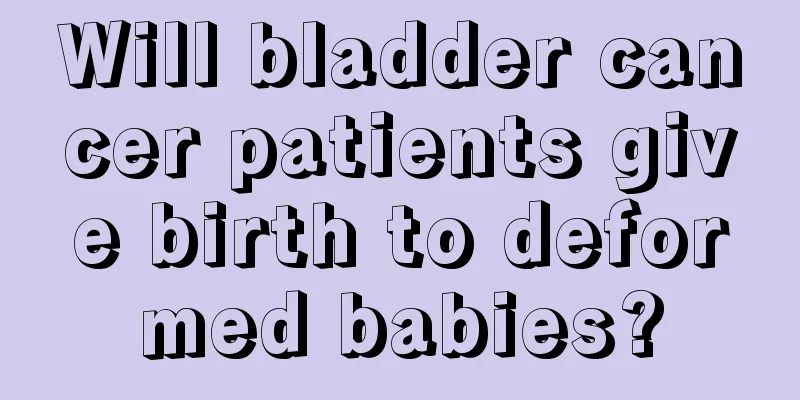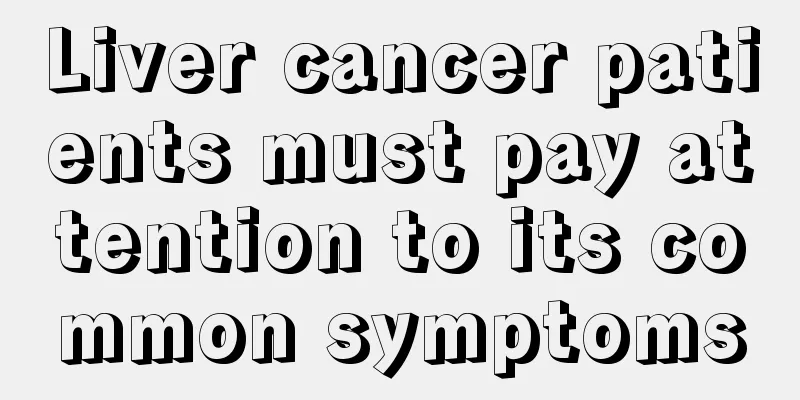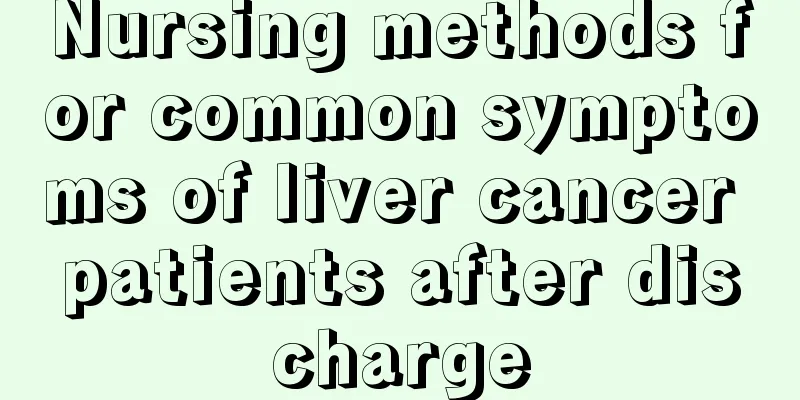How to treat clonic seizures

|
Babies are very fragile, especially within one year after birth. Without the protection of their mother's belly, they have to struggle with this complex world. Infancy is a period when babies are prone to illness, and it is also a period when many neurological diseases occur, such as clonic seizures. This disease develops quickly and acutely, and requires timely treatment. During an attack, the whole body or limbs will convulse, and the baby may not be able to stand, so parents must pay attention to protection at all times. So how should this be treated? Clonic seizure: It is characterized by sudden, rapid and powerful contraction of a muscle or a group of muscles, causing strong shaking of one or both limbs or even the whole body, and objects in the hands may be dropped. Contraction of the trunk muscles may manifest as a sudden and forceful nodding of the head, shrinking of the neck, bending of the waist, or leaning back. When standing, the patient may suddenly fall to the ground, with slight scars on the head, forehead, jaw, lips and even the whole body. When sitting, the patient may jump out of the chair. The attack may not be accompanied by loss of consciousness and the convulsions may be repeated. It is only seen in infants and young children, and is characterized by repetitive paroxysmal twitching of muscles throughout the body without rigidity during attacks. There is often impaired consciousness and relaxation of muscle tone at the beginning, leading to falls. symptom (1) Tetanic phase: It manifests as sustained contraction of skeletal muscles throughout the body: ① Eye muscle contraction causes eyelid traction, eyeball upward turning or staring; ② The masseter muscle contracts, causing the mouth to open strongly, and then close violently, which may bite the tip of the tongue; ③ Rigid contraction of laryngeal and respiratory muscles causes the patient to scream; ④ The tonic contraction of the neck and trunk muscles causes the neck and trunk to flex first and then to stretch; ⑤ The upper limbs rotate from being raised to being adducted and rotated forward, and the lower limbs are first flexed and then violently straightened, which lasts for 10 to 20 seconds before entering the clonic phase. (2) Clonic phase: The patient goes from tonic to clonus, with a short pause after each clonus. The frequency of clonus gradually slows down and the pause period lengthens. After a violent clonus, the attack stops and the patient enters the late stage of the attack. Both stages are accompanied by respiratory arrest, increased blood pressure, pupil dilation, and increased saliva and other secretions. (3) Late stage of attack: There are also brief spasms during this period, which can cause clenched jaws and incontinence of stool and urine. Breathing is restored first, followed by pupils, blood pressure, and heart rate returning to normal. Muscle tension relaxes and consciousness gradually returns. It takes about 5 to 15 minutes from onset to recovery of consciousness. After waking up, patients often feel headache, body aches, and drowsiness. Some patients have blurred consciousness. Forcibly restraining patients at this time may cause injury to others or self-injury. First aid measures: 1. Protect the tongue. When the premonitory symptoms appear or the mouth opens during an attack, place a tongue depressor wrapped with gauze between the upper and lower molars to prevent the tongue from being bitten or falling back. 2. If you find any signs of a fall, lie down flat on your back and fall down to prevent head injury; 3. During the ankylosing phase, support the patient's head with one hand to prevent the neck from being overextended and causing fracture or dislocation. 4. Tilt your head to one side to prevent airway obstruction or aspiration pneumonia; 5. During the clonic period, you can press the large joints of the limbs appropriately to prevent dislocation and abrasion. Do not use excessive force or forceful pressure to avoid artificial fractures or injuries. 6. Unbutton your collar and belt and remove your dentures; 7. For patients in a state of confusion, impulsiveness, or hurting others after an attack, sedatives should be given to suppress their behavior; 8. If pinching the Ren Zhong and Hegu points is done properly, it can sometimes stop the attack early. |
>>: Complete recipes for fruit and vegetable facial masks
Recommend
How to identify natural beeswax
Beeswax is an amorphous body that does not contai...
Early symptoms of nasopharyngeal cancer
What are the early symptoms of nasopharyngeal car...
Is there a cure for testicular cancer?
Many people who have a disease want to know wheth...
Indications and contraindications for lung cancer surgery
Although surgery is the best treatment for lung c...
How long does it take for the wound of thyroid cancer to heal?
How long it takes for the scab to fall off after ...
What harm does downregulation do to the body?
There are many female friends who are unable to g...
Disadvantages of wearing dentures for a long time
In our daily life, many people go to the hospital...
Girls learn street dance from scratch
Dancing is a common form of entertainment in our ...
What happens if headaches caused by cervical spondylosis are not treated?
Cervical spondylosis often causes symptoms such a...
What is psychosexual development
Being afraid to talk about sex is a concept in th...
What are the symptoms of early kidney cancer
There are some obvious symptoms in the early stag...
Early symptoms of endometrial cancer
In life, many patients with uterine cancer feel d...
How to help grow taller
Reproduction is particularly critical during adol...
Side effects of sardines
Sardines are a type of marine fish that is relati...
Diet and health care for gallbladder cancer
In the early stage of gallbladder cancer, there a...









